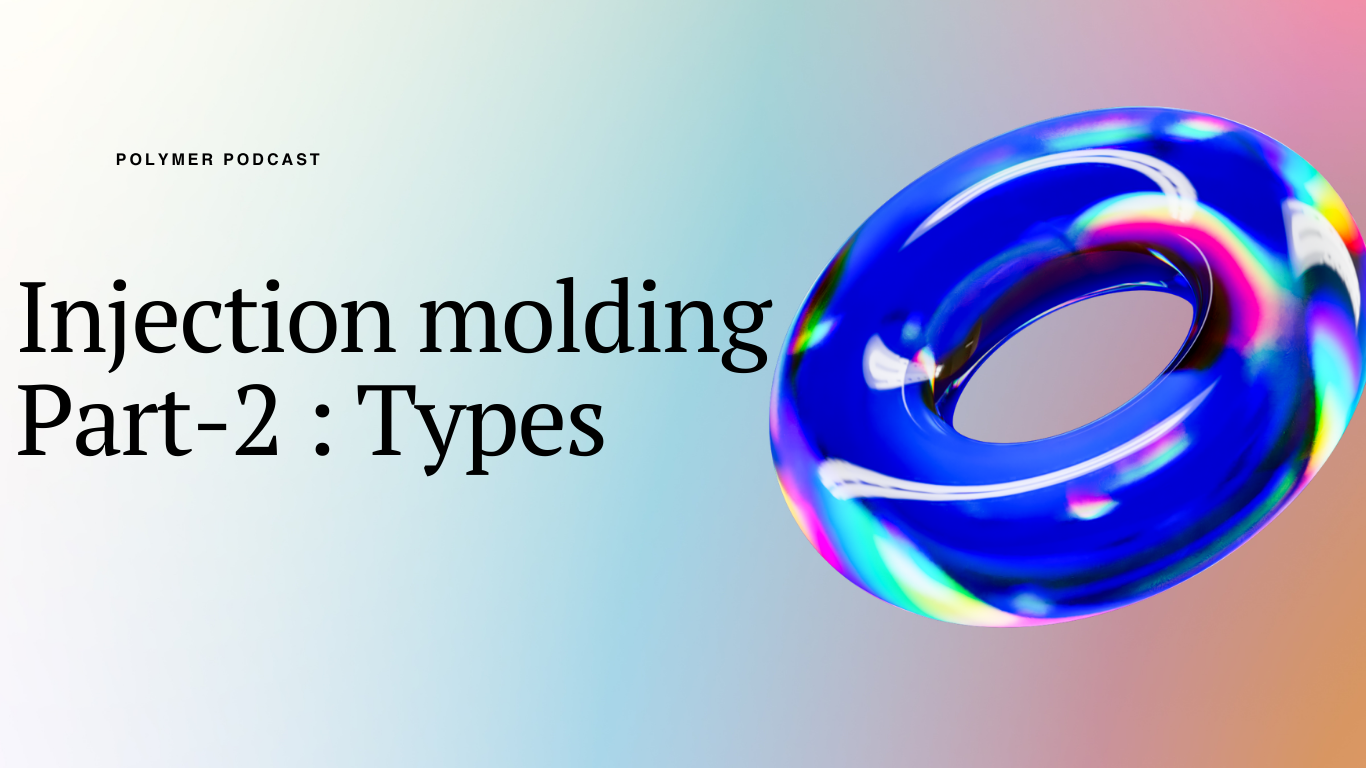Mechanical Testing: Tensile Testing Various Terms
The mechanical properties of plastics can be broadly classified as short-term, long-term and surface properties. The short-term properties are measured at a constant rate of stress or strain different modes like tension, compression, flexural, shear etc. The long-term properties are measurements of deformation or stress decay with respect to time in static conditions e.g. creep and stress relaxation.

Various Terms used in Mechanical Testing of polymer
- Stress: Stress is the ratio of applied load to the original cross sectional area and expressed in kg/ cm2 or lbs/in2.
- Strain: The ratio of elongation to the gauge length of the test specimen or simply stated, change in length per unit of the original length. It is a dimensionless quantity.
- Gauge Length: The original length between two marks on the test piece over which the change in length is determined.
- Percentage Elongation: The increase in the length of a specimen produced by a tensile load.
- Percentage Elongation at Yield: The percentage elongation produced in the gauge length of the test piece at the yield stress.
- Percentage Elongation at break, or at maximum load: The elongation at break, or at maximum load, produced in the gauge length of the test piece, expressed as a percentage of the gauge length.
- Elongation: The increase in the length of a specimen produced by a tensile load.
- Yield point: The first point of stress-strain curve at which an increase in the strain occurs without the increase in stress.
- Yield strength: The stress at which a material exhibits a specified limiting deviation from the proportionality of stress to strain.
- Proportional limit: The greatest stress at which a material is capable of sustaining the applied load without any deviation from proportionality of stress to strain.
- Elastic Modulus in tension (Young’s modulus): The ratio of tensilestress to corresponding strain below the proportional limit. The stress-strain relationship of many plastics does not conform to Hooke’s law throughout the elastic range but deviates their form even at stress well below the yield stress. For such materials the slope of the tangent to the stress-strain curve at low strain is usually taken as the elastic modulus.
- Secant modulus: The ratio of total stress to corresponding strain at any specific point on the stress-strain curve. It is also expressed in F/A ‘or’ lb/in2
- Resilience: It is defined as the ratio of energy given up on recovery from deformation to the energy required to produce the deformation. Area under stress-strain curve upto yield point gives the resilience of the material.
- Toughness: It is defined as the extent to which the material absorbs energy. The area under stress-strain curve is a measure of toughness of the material.
- Plasticity: It is defined as the property which enables a material to be deformed continuously and permanently with out any rupture by the application of force that exceeds the yield value of the material.










Post Comment